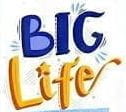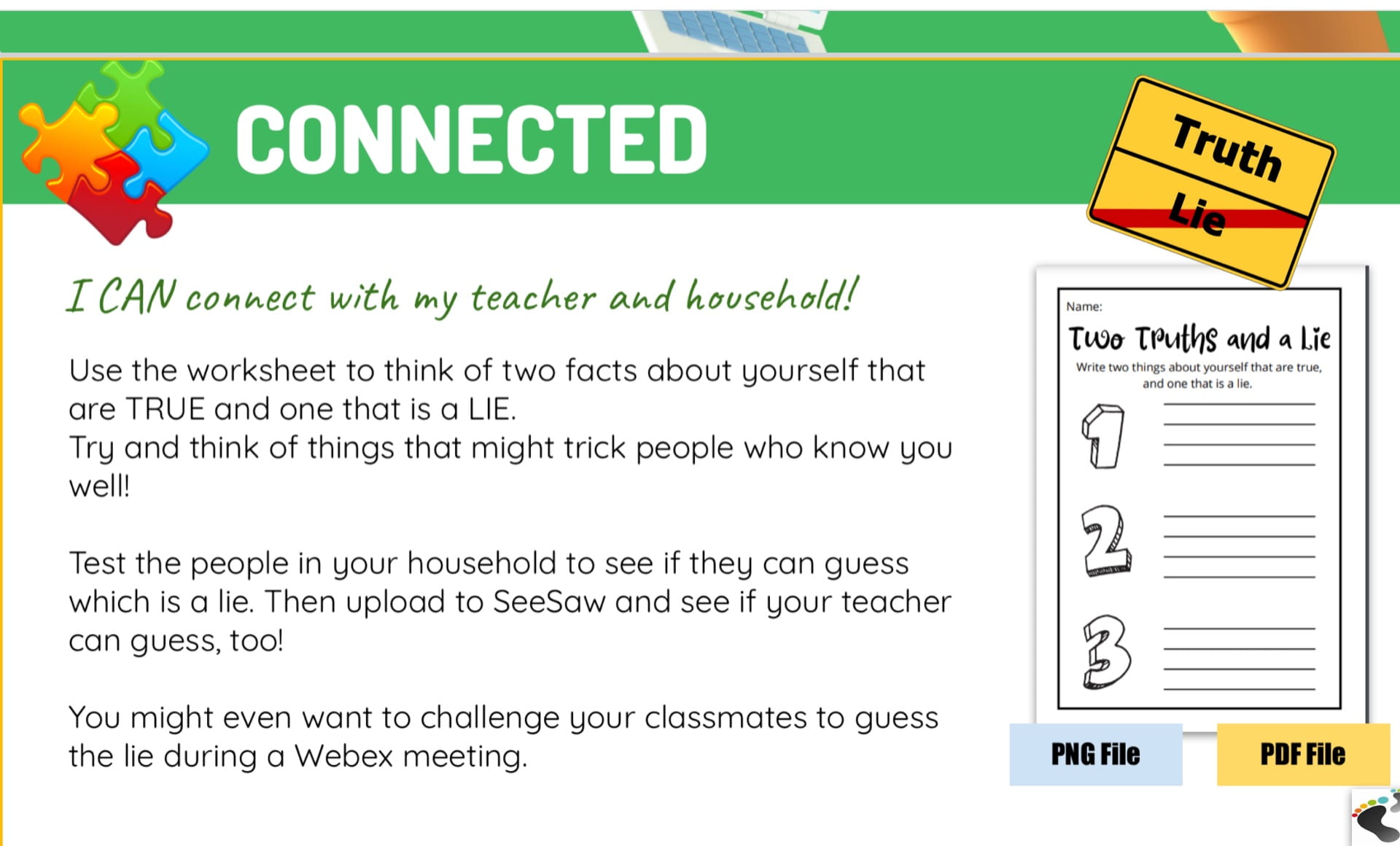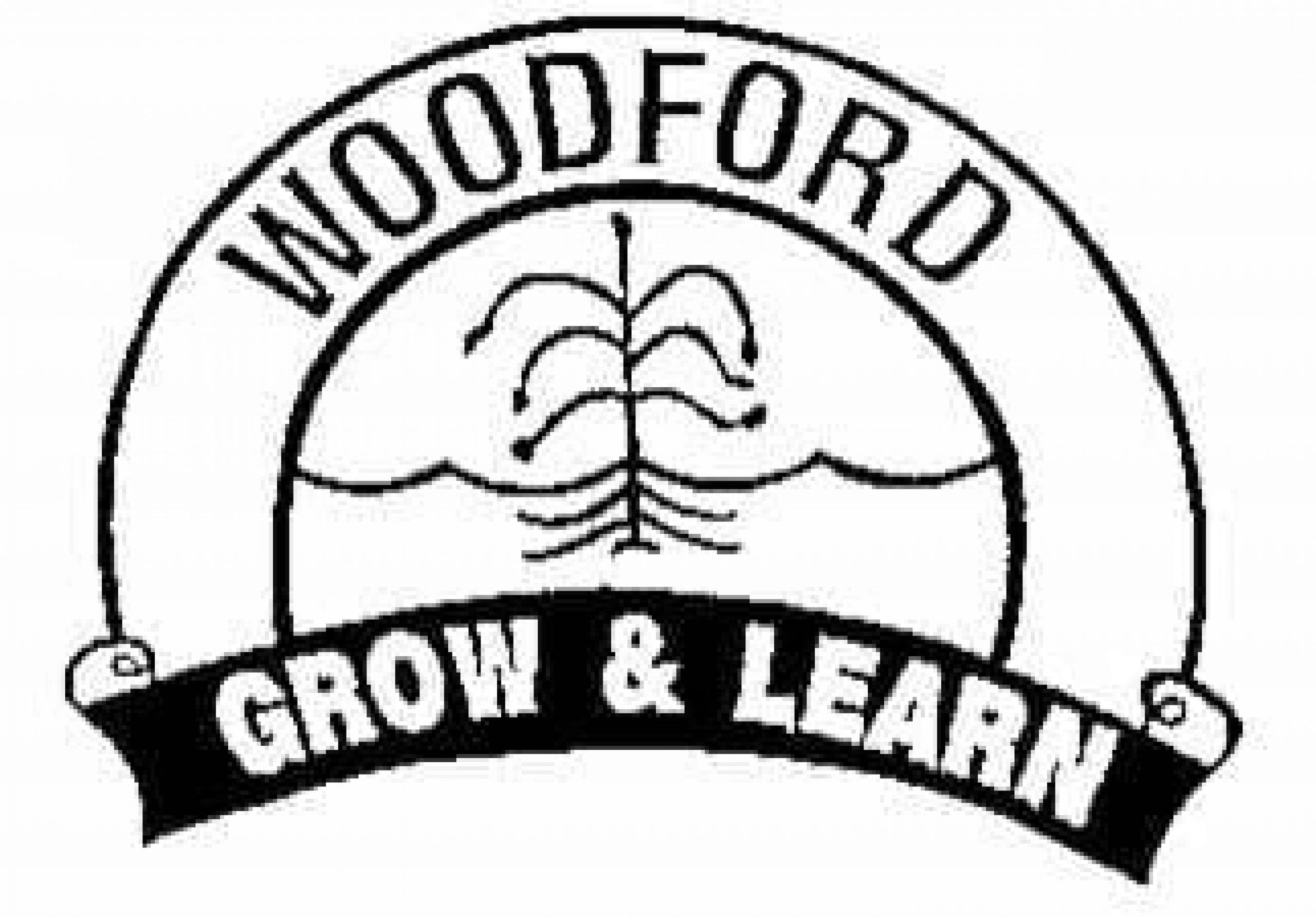



Learning Intention = We are learning to infer big ideas or themes of popular picture story books and discuss how these relate to people’s lives today.
Success Criteria = I can infer the big ideas or themes of a picture story book (some with mature themes and issues) and discuss how these are applicable to people’s lives today
Today we are going to be inferring the MAIN IDEA of popular picture story books. We are also going to be inferring the THEME of picture story books. Yes, this will still work, but we need to use good examples of picture story books.
We are going to identify the THEME and MAIN IDEA using our Prior Knowledge and Clues from the text, as we can’t check to find out if our answers are correct.
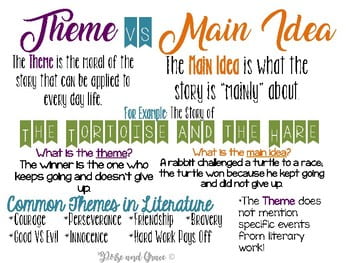
Activity: Making Inferences about THEME & MAIN IDEA – part 2
#1 – Look at the example provided on Possum Magic to understand what teachers expect today.
Inferring the Theme and Main Idea from Picture Story Books – Student Example
#2 – Pick one of the videos below and watch it carefully. Please do not pick a book off your bookshelf at home (unless you have a hard-copy of an example below).
#3 – Make some Inferences about the THEME and MAIN IDEA on the worksheet provided. You can print this proforma using the link below or complete it in your homework book. The choice is up to you.
Inferring the Theme and Main Idea from Picture Story Books
#4 – Send the completed task to your teacher.
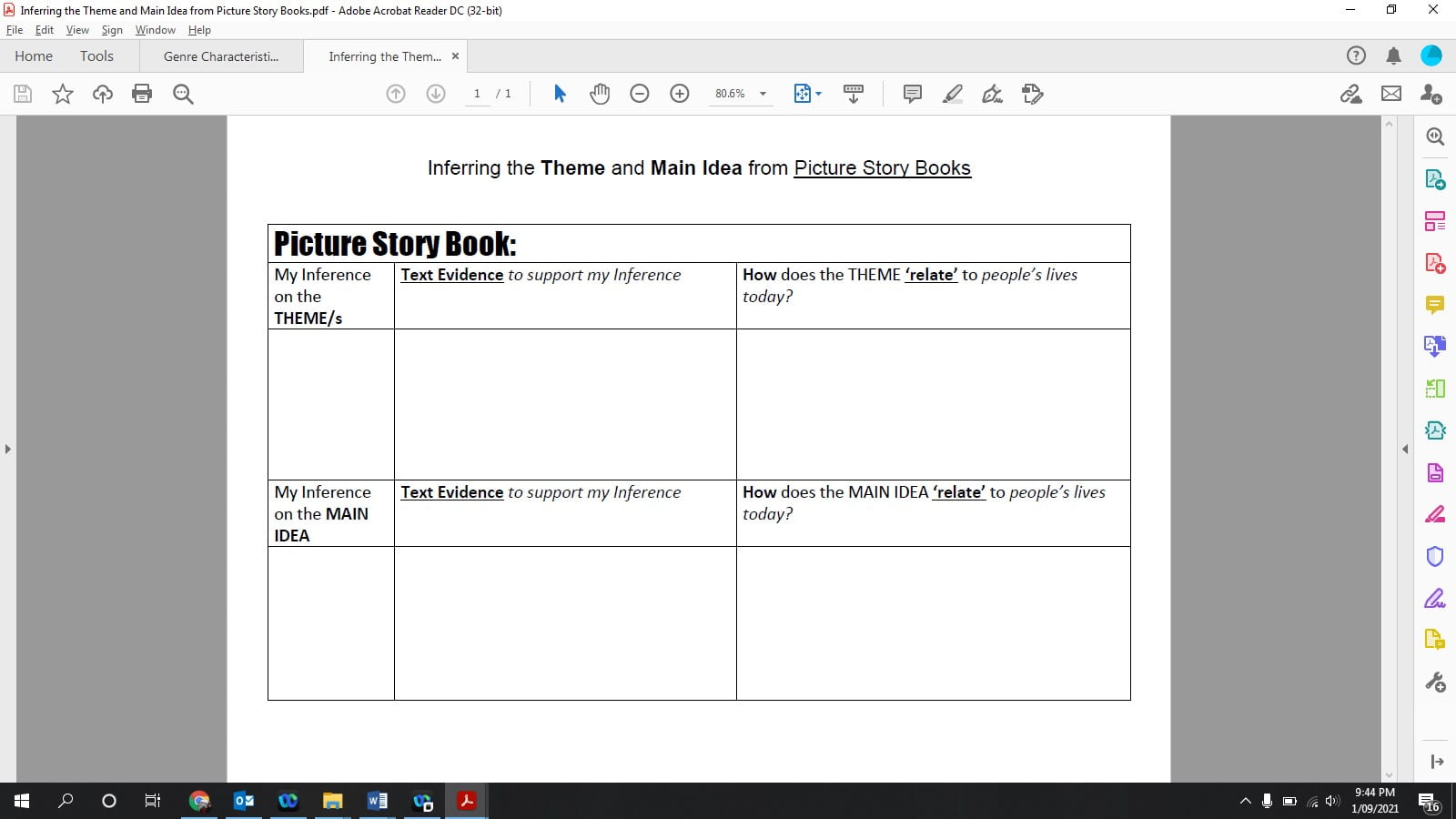
You only need to focus on one video below, but you might need to watch it multiple times.
Feel free to watch all the videos before making your decision.
Edward the Emu
Wombat Stew
The Dot
The Bad Seed
Fearless

 Practice this weeks spelling words by completing this online word search: Click here and click ‘Begin’ to play. Try to solve all words. Let your teacher know how long it took you to complete the word search!
Practice this weeks spelling words by completing this online word search: Click here and click ‘Begin’ to play. Try to solve all words. Let your teacher know how long it took you to complete the word search!
Learning Intention:
We are learning to present our 90 sec speech with passion!
Success Criteria: I can
- Present my 90 second persuasive speech on a topic I am passionate about.
- Show strong voice and passion in my topic, and hook my audience.
- Present my speech on a video.
- Demonstrate I have thought about my presentation including background, clothing, volume of voice and recording.
Today’s Activity: Today you are to film your speech and send to your teacher. (Don’t stress, we won’t make you present it live.) Look at the Success Criteria. Your teachers will be looking for passion, presentation, entertainment (Did you hook your reader?) and hoping for a good quality video!!
Tips for filming:
- Ask a family member to hold the device for you, bring it as close as you can to you so the microphone can pick up your voice.
- Think about what is behind you, do you have a blank wall for a background.
- If you are speaking about something at Woodford, could you wear your school uniform for the video? If it is about a sport, could you wear a team guernsey?
- Have a couple of practice goes before your final film. This way you can listen and look to see if you can hear your voice and help make improvements.
- Place your piece of paper lower, so your voice is projecting towards the screen. But remember, eye contact and body language are important.



Practice your Counting Goal for 5-10 minutes first – to warm up the brain!
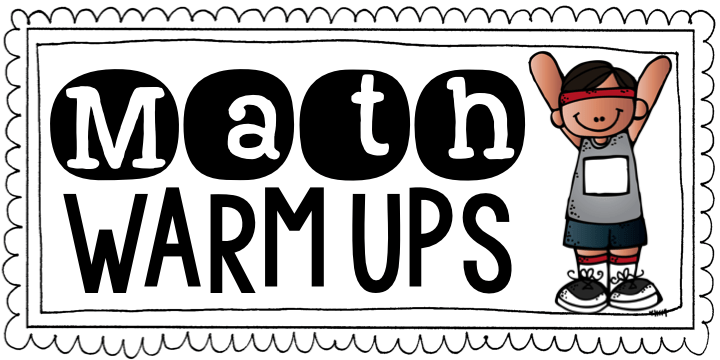
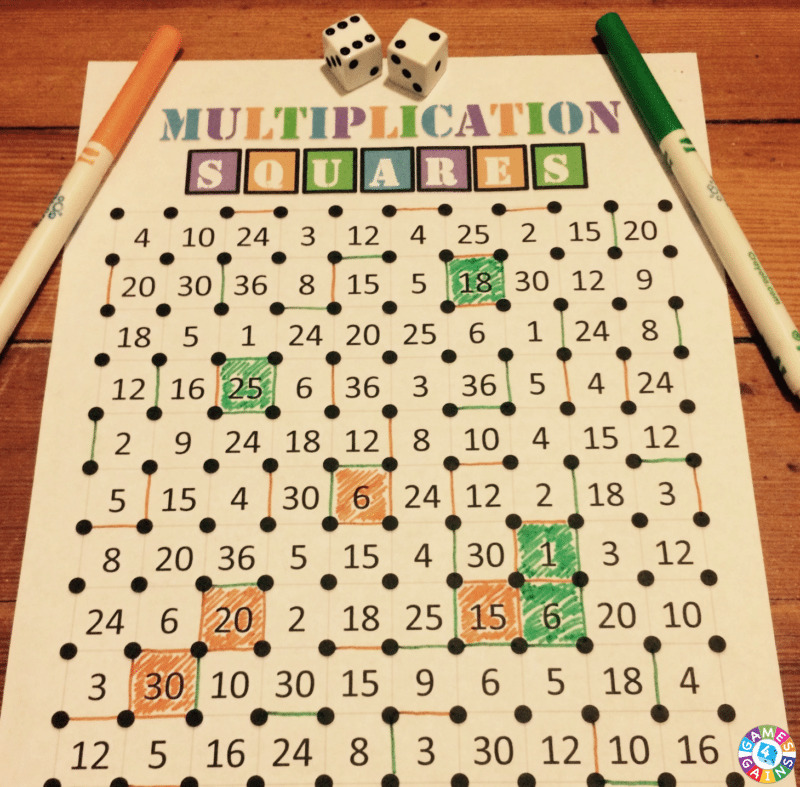
You will need a partner to play this game, or play on your own and see how many squares you can make each day. All you need for this game is two dice, the downloadable game board (If you can’t print, use the game board posted on Seesaw or draw the grid in your Homework book), and two pens of different colors. One player rolls both dice, multiplies the two numbers together, then looks for the product on the board. The student then draws a line to connect any two dots that form part of the square around that product. The game continues until the board is filled with squares. Click here for a computerised dice roll if you haven’t got a dice at home.
VOLUME WORD PROBLEMS
Learning Intention – We are learning to solve volume word problems. These word problems can have more then one ‘step’ to work out the correct answer.
Success Criteria – I can use the ‘CUBES’ strategy to identify all the useful information in a word problem, and eliminate anything I don’t need to solve the answer.
Please rewatch the video below to refresh your memory on the CUBES strategy we used last week, BEFORE starting the activity.
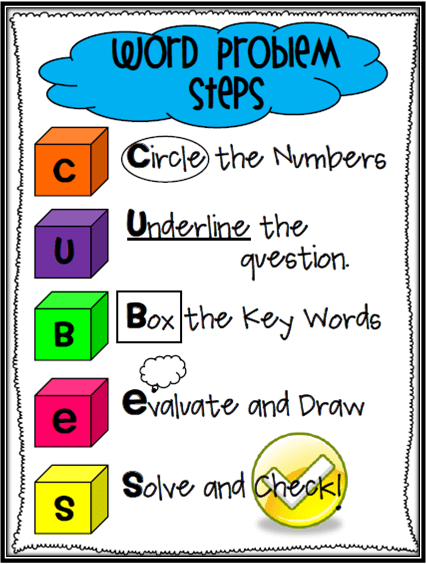
Now that you have watched the video, please complete the activity below. YOU DO NOT have to write out the entire question, just the question number and show all of your working out.
Group 3 Volume Word Problems –
Group 3 – the second sheet is too blurry to read please complete this sheet instead – 2nd worksheet
